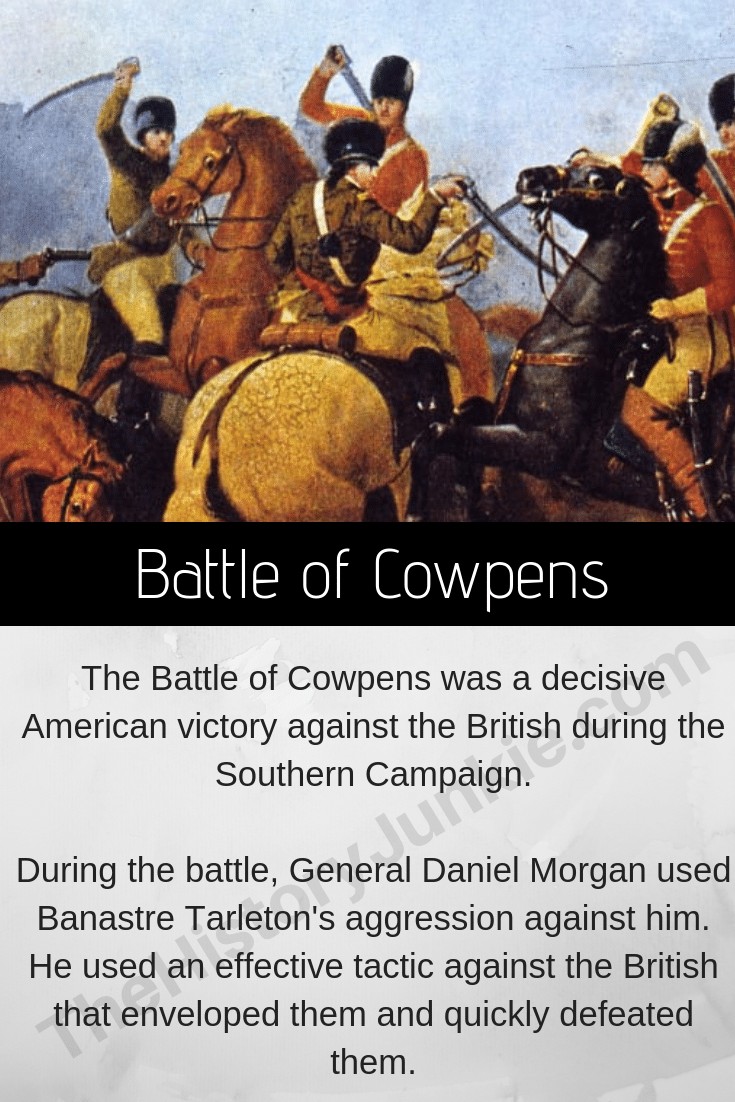The Battle of Cowpens is one of the high points of the Continental Army during the American Revolution and came at a time when the Americans desperately needed a victory.
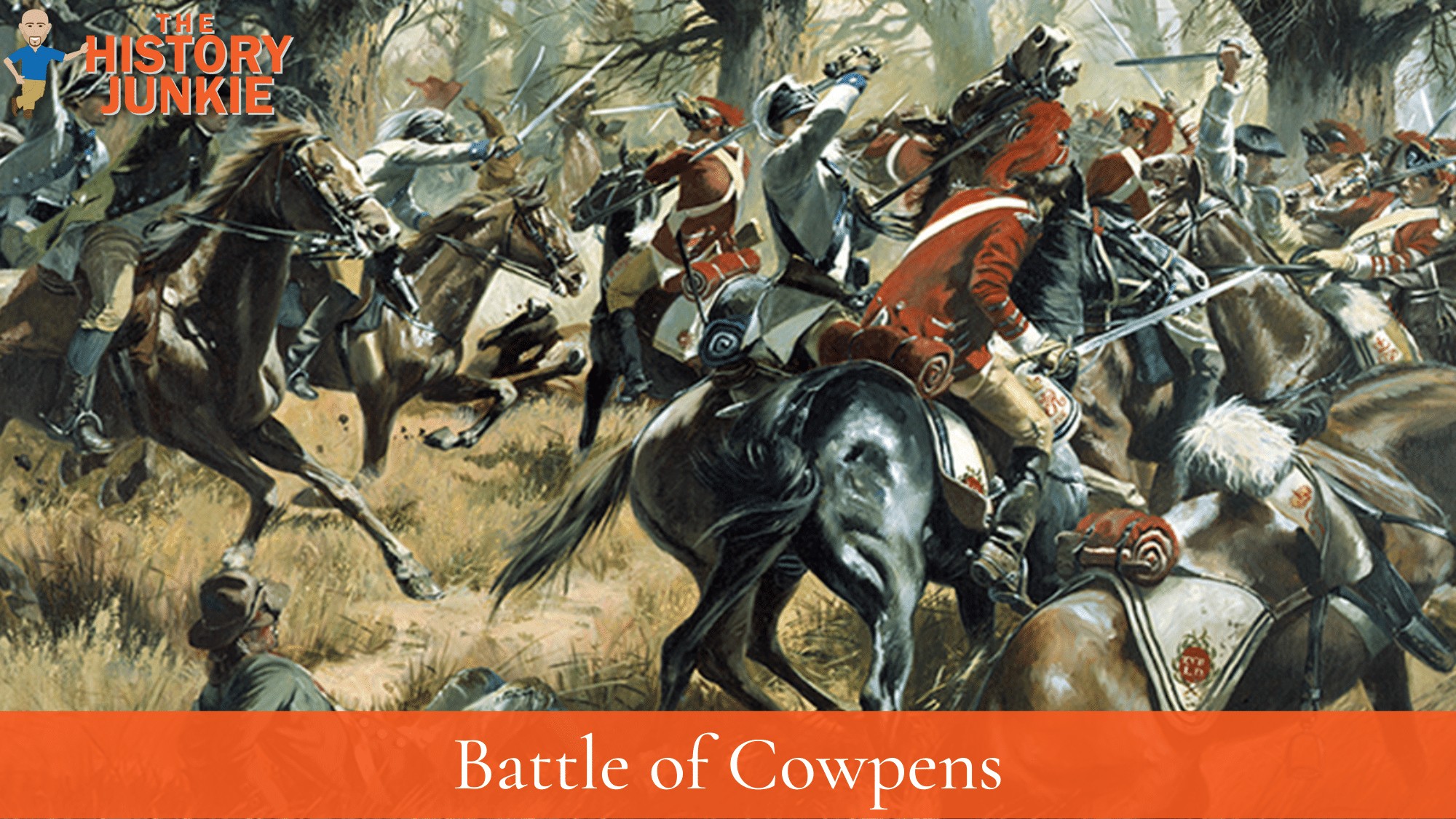
The Battle of Camden had caused morale to drop in the 13 colonies and in the north it seemed as if it was a stalemate. Neither side could totally defeat the other, but the Southern campaign would begin this process.
Jump to:
- #1. The Battle of Cowpens Was A Turning Point For The Southern Campaign
- #2. Daniel Morgan Was Recruited By Horatio Gates
- #3. Banastre Tarleton Had a Ruthless Reputation
- #4. The British did not Respect the American Militia
- #5. Morgan's Strategy Was Genius
- #6. Morgan's Sharpshooters Were Key
- #7. William Washington was George Washington's Nephew
- #8. Nathanael Greene Would Adopt Morgan's Strategy
- #9. It Would Be Daniel Morgan's Last Battle
It also thrust a new hero, several years forgotten, back into the national scene when the hero of Saratoga annihilated a feared British force.
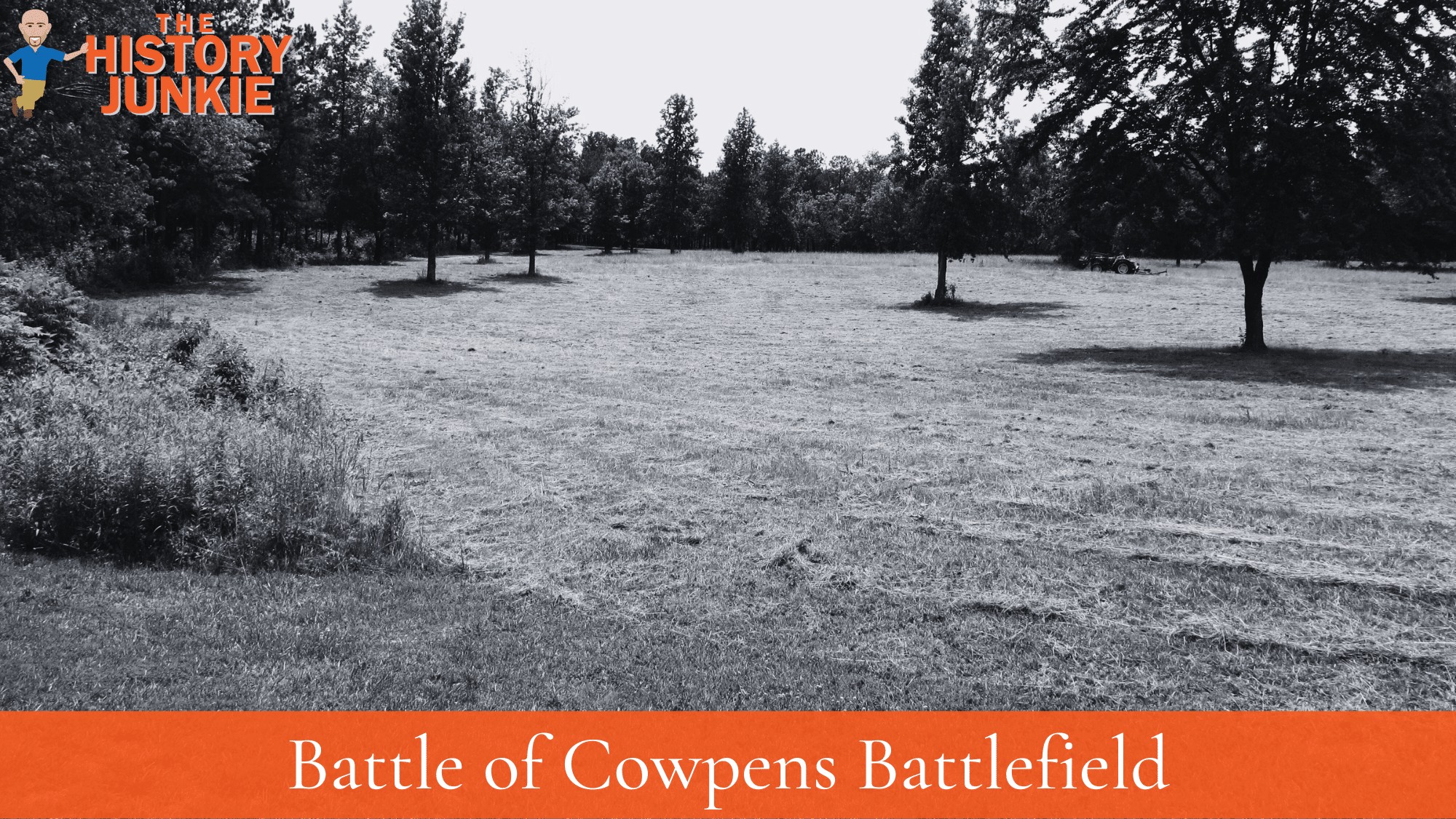
#1. The Battle of Cowpens Was A Turning Point For The Southern Campaign
The American Cause had been torn to pieces in the South.
While guerilla fighters such as Francis Marion and Thomas Sumter had seen success the inability for a sound victory on the battlefield had evaded the Continental Army.
They had seen crushing defeats at Camden and Waxhaws at the hands of Banastre Tarleton and General Cornwallis. Despite a solid victory at King's Mountain Cornwallis still dominated the landscape and threatened to destroy the Southern Army.
The resounding defeat of Tarleton's Dragoons raised morale and crushed a wing of Cornwallis's Army. It also gave an example of how to use the militia effectively.
#2. Daniel Morgan Was Recruited By Horatio Gates
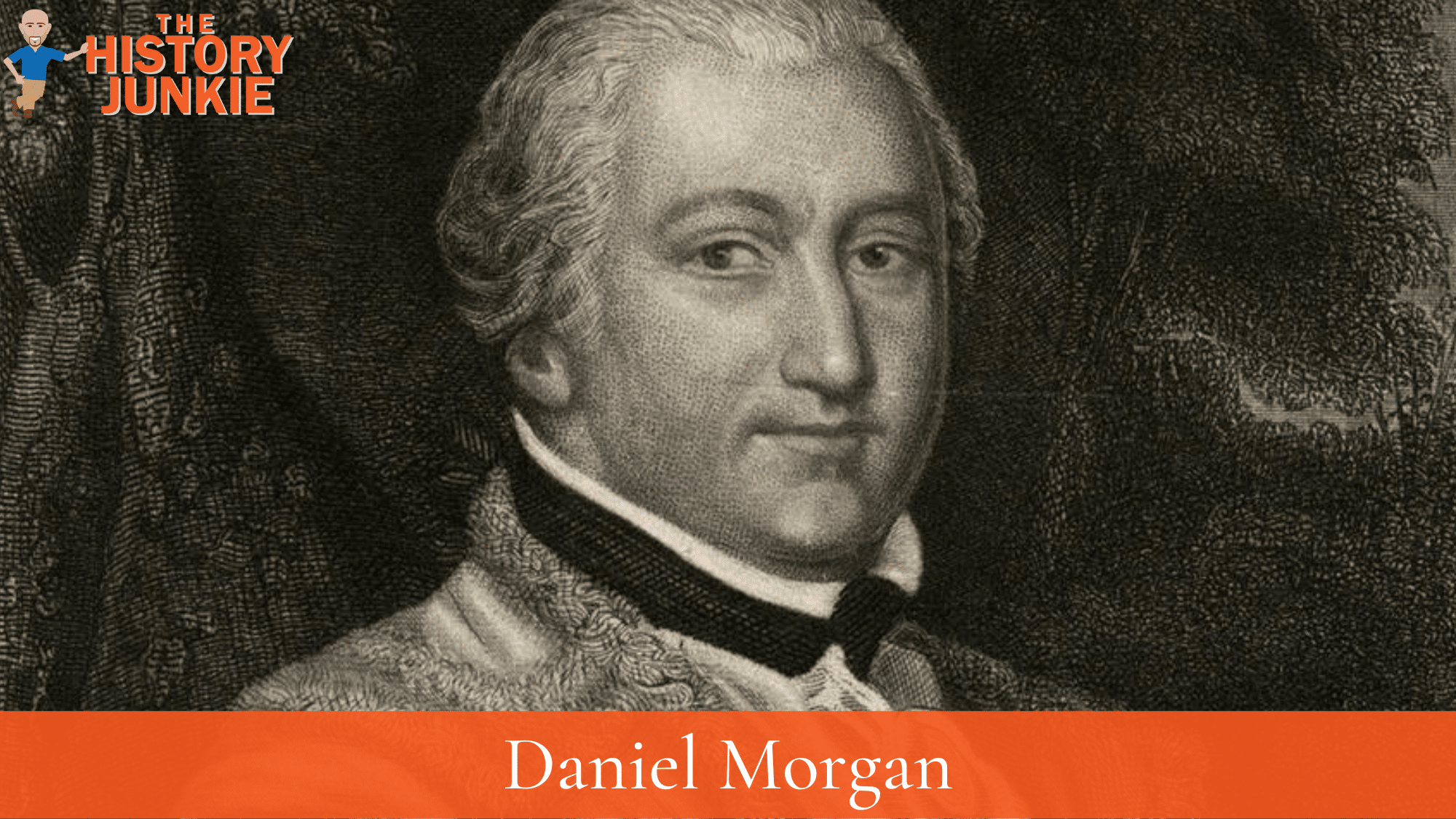
General Horatio Gates was dishonored after the Battle of Camden and his conduct afterward. His reputation never returned despite being acquitted on all charges.
Prior to being relieved from command, he recruited Daniel Morgan. Morgan had become frustrated with the politics and how promotions were handled. He was also suffering from intense pain due to a pinched nerve in his back.
He and Gates had a relationship from their time spent at the Battle of Saratoga. Morgan and his riflemen played a significant role at the Battle of Freeman's Farm that helped set the stage for Burgoyne's surrender.
This recruitment would play an important role in the new Southern Army under Nathanael Greene.
Morgan would be the innovator of the new tactic that would catch the British off-guard and whip the aggressive Banastre Tarleton.
#3. Banastre Tarleton Had a Ruthless Reputation
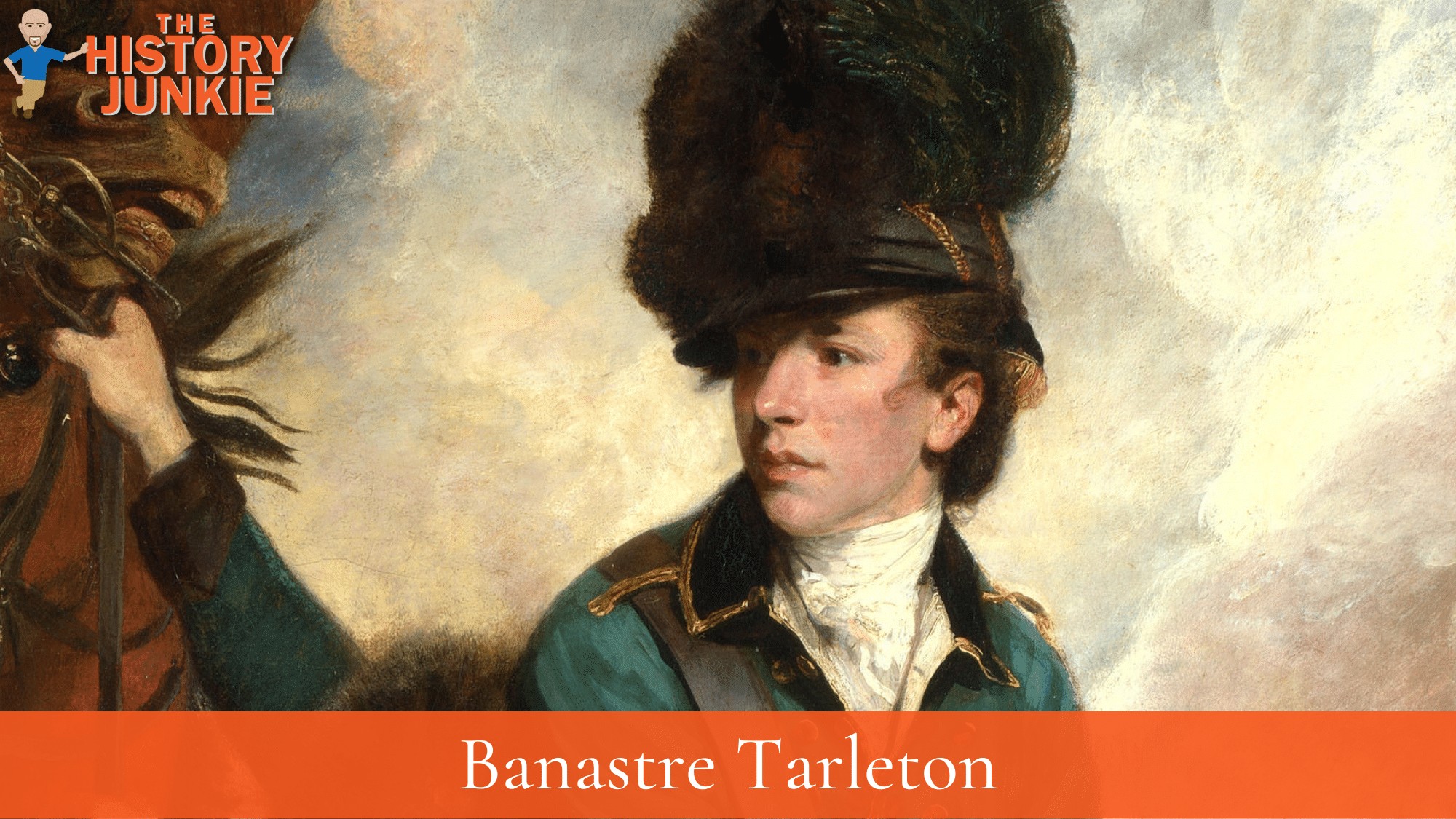
Banastre Tarleton was the commander of the Green Dragoons and had developed an excellent reputation throughout the American Revolutionary War.
Early in the war, he captured General Charles Lee in his pajamas and had shown exceptional bravery and leadership at the first Siege of Charleston.
As a Cavalry commander, his purpose was to be the eyes and ears of General Cornwallis. He was quick, cocky, and reckless.
His recklessness was on full display at the Battle of Waxhaws when his dragoons charged into surrendering troops and massacred them. This gave him a terrible reputation and hurt loyalist support in the Southern colonies.
#4. The British did not Respect the American Militia
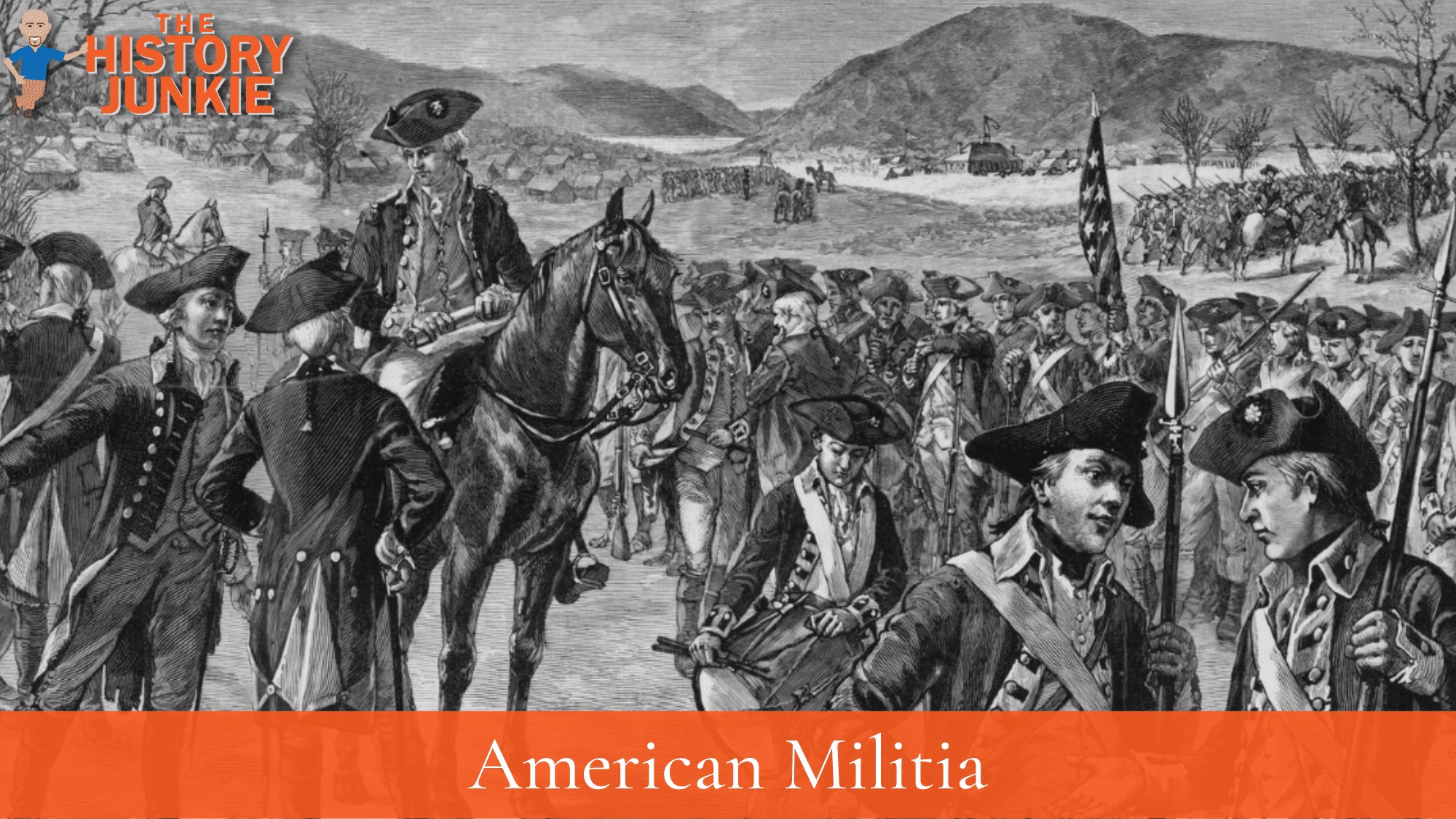
The British Troops were the best troops in the world. They were constantly drilled, disciplined, and excellent at executing different tactics. They were brave and could stand muzzle-to-muzzle with any army in the world.
The Americans were the opposite. They were hunters and farmers without much formal military training. Those that fought in the militia did not have formal training and were used to living on the frontier.
They were more comfortable hiding behind trees and shooting from a distance rather than lining up and firing. This had been a struggle for the Americans throughout the war. The militia would always run and the British had seen this time and again.
Daniel Morgan had to use militia and he knew their weakness. He would employ a creative way to use them. This would fool the British.
#5. Morgan's Strategy Was Genius
What Morgan did was line up his Militia at the front of his line. He knew that when the British saw this, especially the aggressive Tarleton, they would not respect the militia and would charge them once the militia ran.
He asked his men to fire two volleys and then retreat. They did and then they retreated.
The British believed they had the battle won and began an aggressive charge only to see the militia disappear behind a line of trained Continentals who were ready to fire a devastating volley at the unsuspecting British.
William Washington and his Cavalry emerge after the frazzled British are trying to regain control. They would not and Washington would challenge Tarleton directly, but Tarleton would escape.
The battle was over within one hour.
#6. Morgan's Sharpshooters Were Key
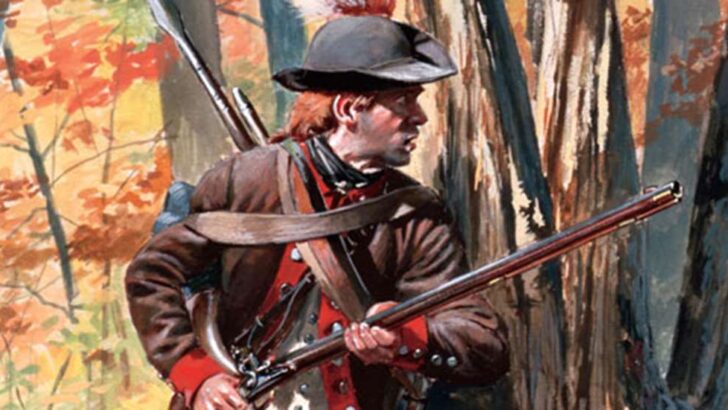
Much is made about the use of the militia, but another somewhat forgotten element was Morgan's sharpshooters.
Sharpshooters used a rifle which was much more accurate from long distances. Unlike the musket where the ball would cling around and not give much of an idea where the shot would land, the rifle's bullet was tipped and had grooves that made it spin when it was shot. This spin allowed it to travel further and pick off men without standing in a column and firing a wall of musket fire.
The downside was that rifles were harder to load and could not be fitted with a bayonet. The British countered the rifle with a direct bayonet charge which forced riflemen to retreat. It became necessary for rifles to be used with bayonet support so they could fire a round and then duck behind the lines.
At Cowpens, these sharpshooters were also used to perfection. They were strategically placed and shot the British as they were marching towards the militia.
They fired and when the British regulars were close they fell back behind the militia. When the militia dispersed they fell behind the regulars. This caused a constant barrage of rifle fire alongside the muskets and eventually the cavalry.
#7. William Washington was George Washington's Nephew
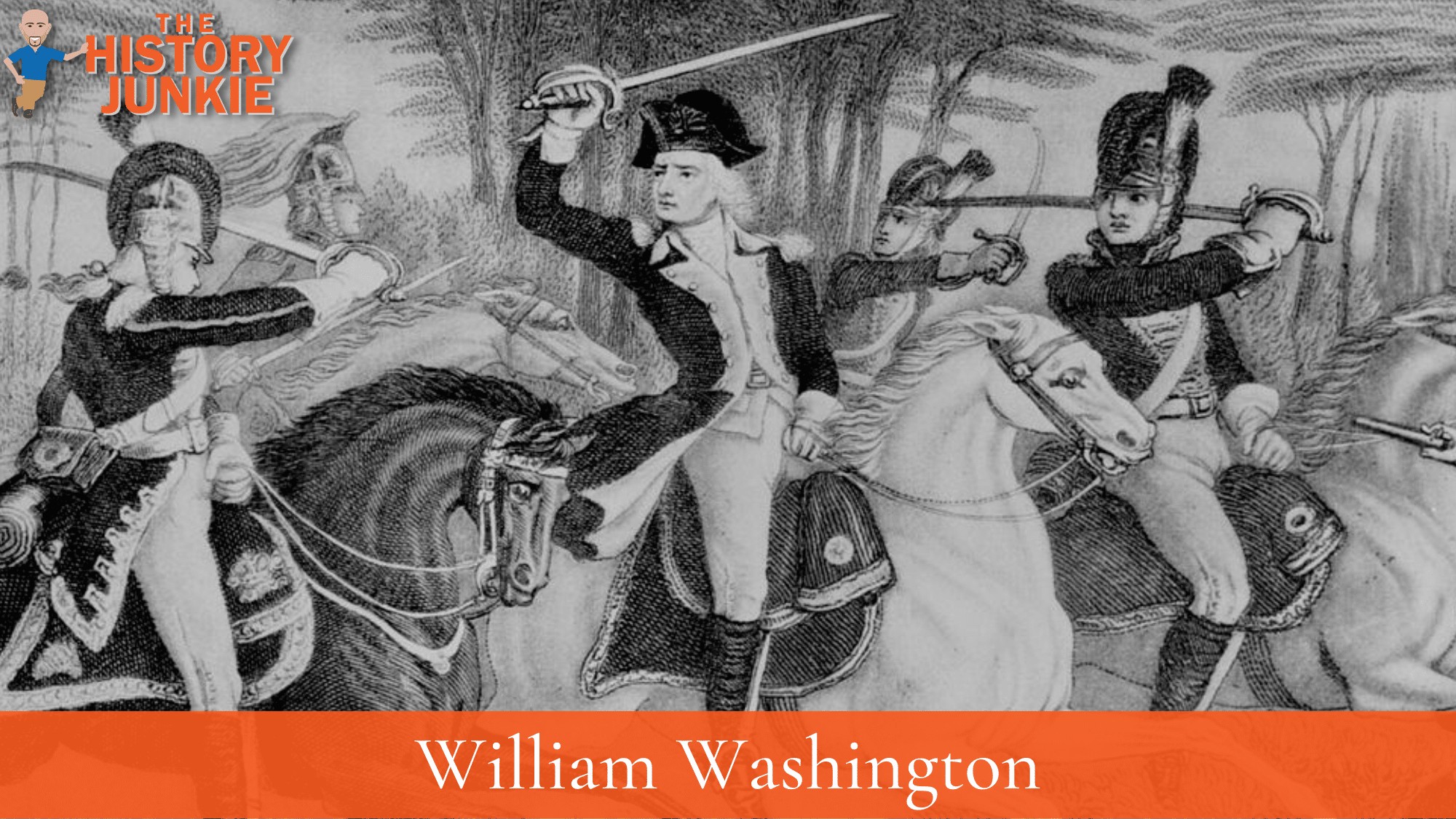
William Washington was the Cavalry commander for Daniel Morgan during this battle. He was built like a bull and an excellent horseman like his uncle.
With the main British infantry surrender and during Tarleton's retreat, Washington was in close pursuit and found himself somewhat isolated.
He was attacked by the British commander and two of his men. Tarleton was stopped by Washington himself, who attacked him with his sword, calling out, "Where is now the boasting Tarleton?"
A cornet of the 17th, Thomas Patterson, rode up to strike Washington but was shot by Washington's orderly trumpeter. Washington survived this assault and in the process wounded Tarleton's right hand with a saber blow, while Tarleton creased Washington's knee with a pistol shot that also wounded his horse.
Washington pursued Tarleton for sixteen miles but gave up the chase when he came to the plantation of Adam Goudylock near Thicketty Creek. To escape capture by Washington, Tarleton forced Goudylock to serve as an escape guide.
For his valor at Cowpens, Washington received a silver medal awarded by the Continental Congress executed under the direction of Thomas Jefferson.
#8. Nathanael Greene Would Adopt Morgan's Strategy
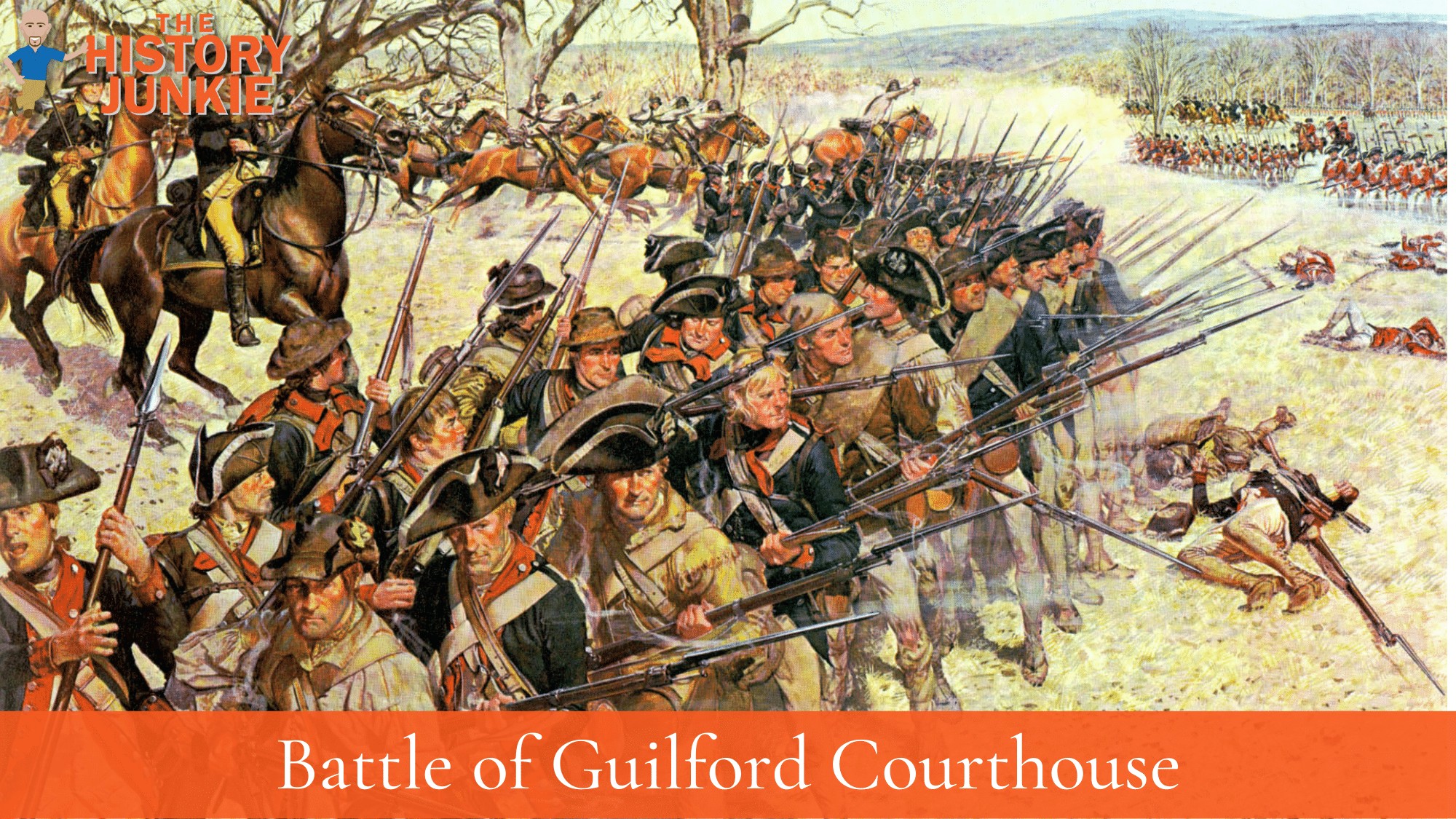
Morgan's tactics were novel and it would take the British some time to figure out what he did. Nathanael Greene did not waste time employing this new way to use militia at the Battle of Guilford Courthouse.
This time the strategy would be put to the test against Lord Cornwallis who himself was a brilliant general, but he was not ready for what would come.
Using the same tactic Greene would not decisively beat Cornwallis as Morgan had beaten Tarleton, but he did inflict many casualties and then retreated into the woods.
Cornwallis was unable to continue his pursuit of Greene and would begin his retreat back which would ultimately lead to Yorktown.
#9. It Would Be Daniel Morgan's Last Battle
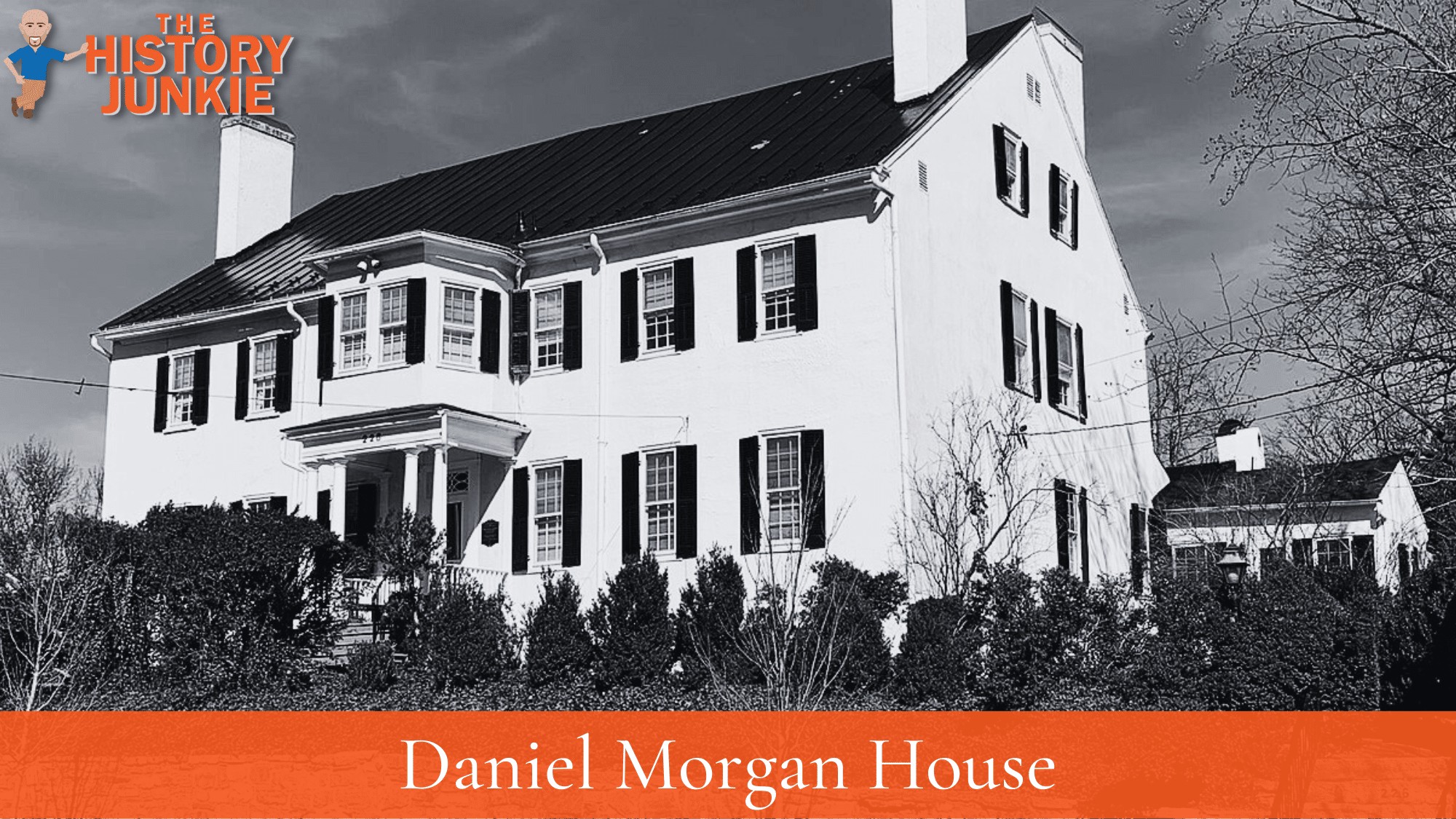
What often goes unsaid during the battle is how much pain Morgan was in. He had intense back pain that would take a pounding with every gallop of his horse, but he somehow managed to push through.
After the complete victory, he went to Nathanael Greene and requested that he be allowed to return home. Greene honored his request and allowed him.
The man that had helped defeat John Burgoyne in the north at Saratoga and then crushed the cocky Tarleton in the south was now returning to his small farm in Virginia where he would watch the rest of the war.
Later in life he helped squash the Whiskey Rebellion and became a wealthy landowner. He was also an original member of the Society of Cincinnati founded by Henry Knox.
